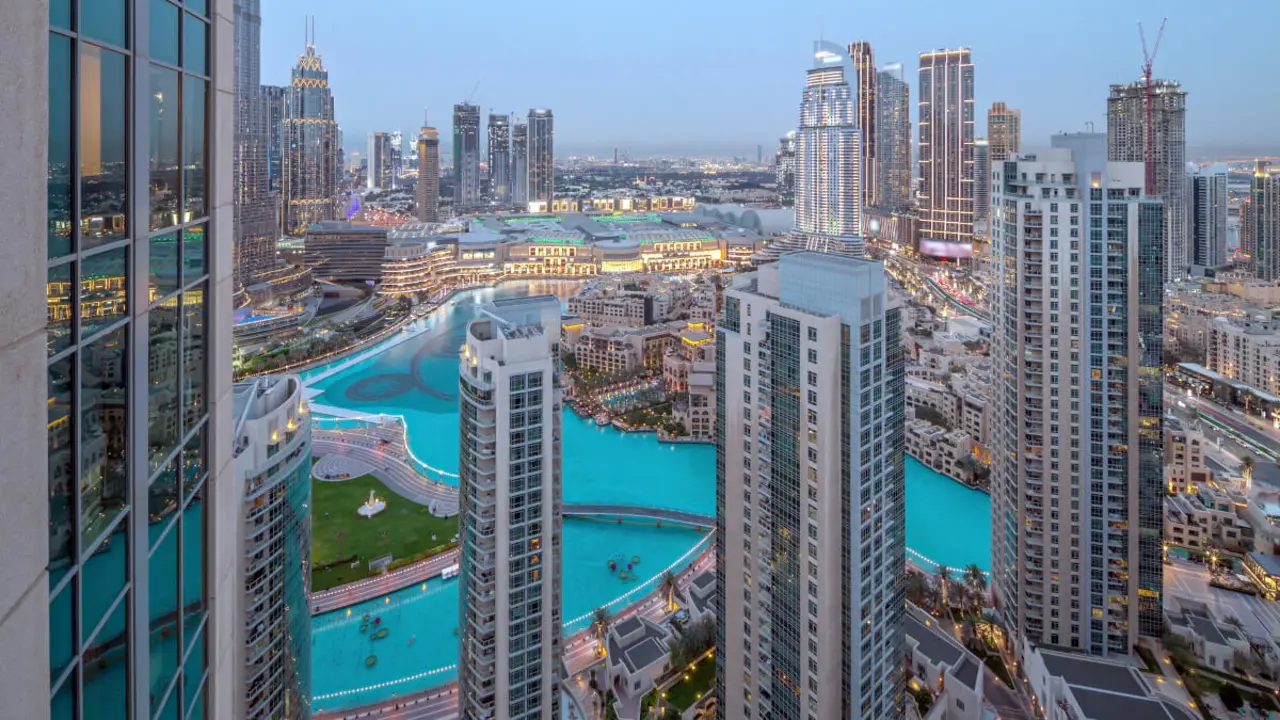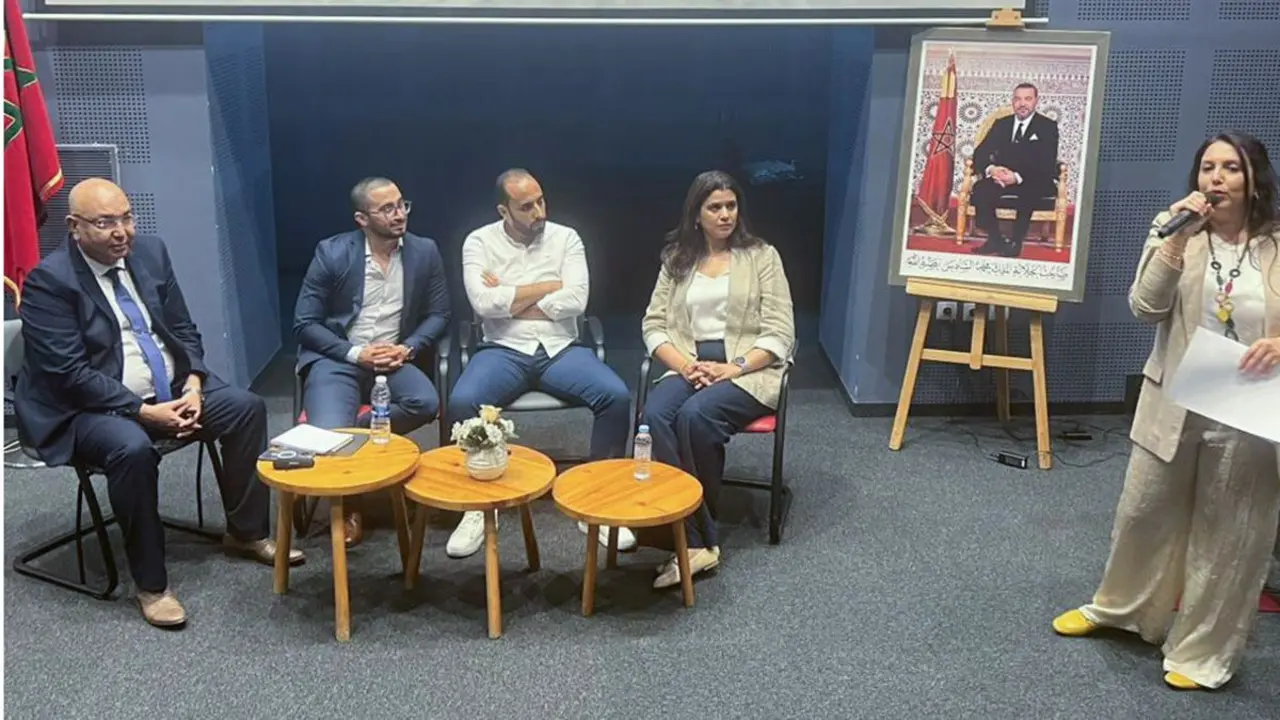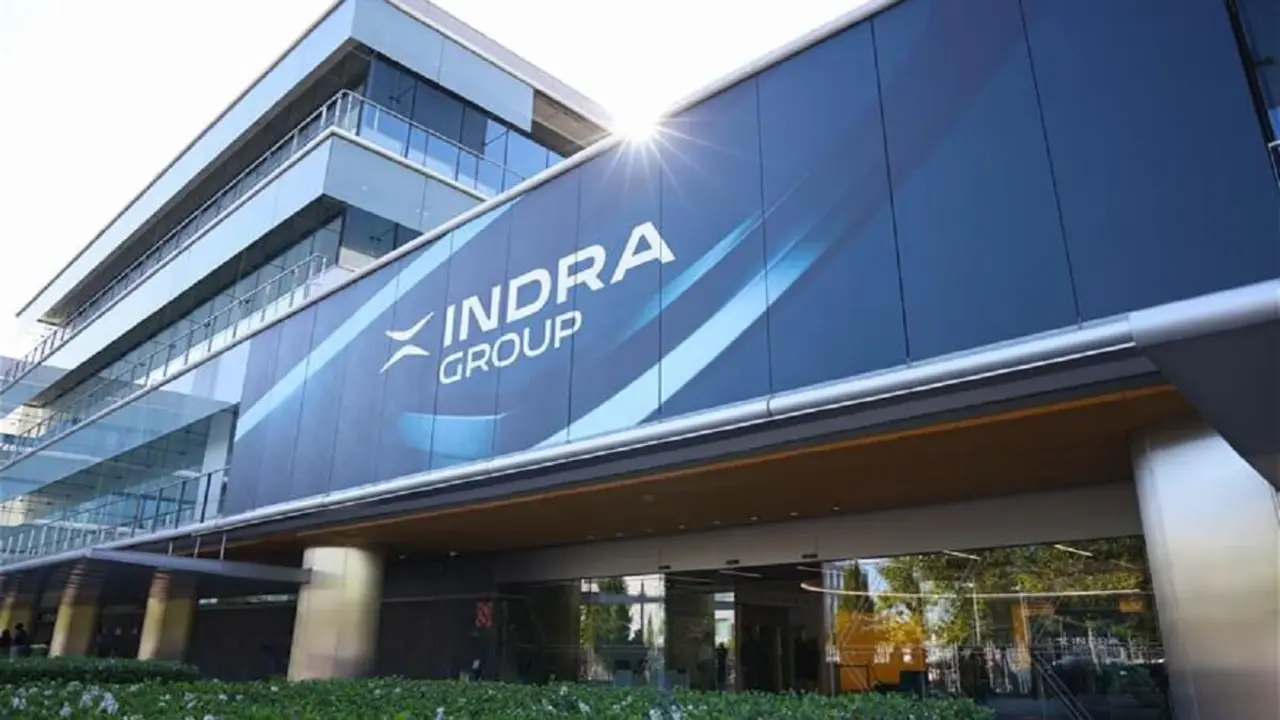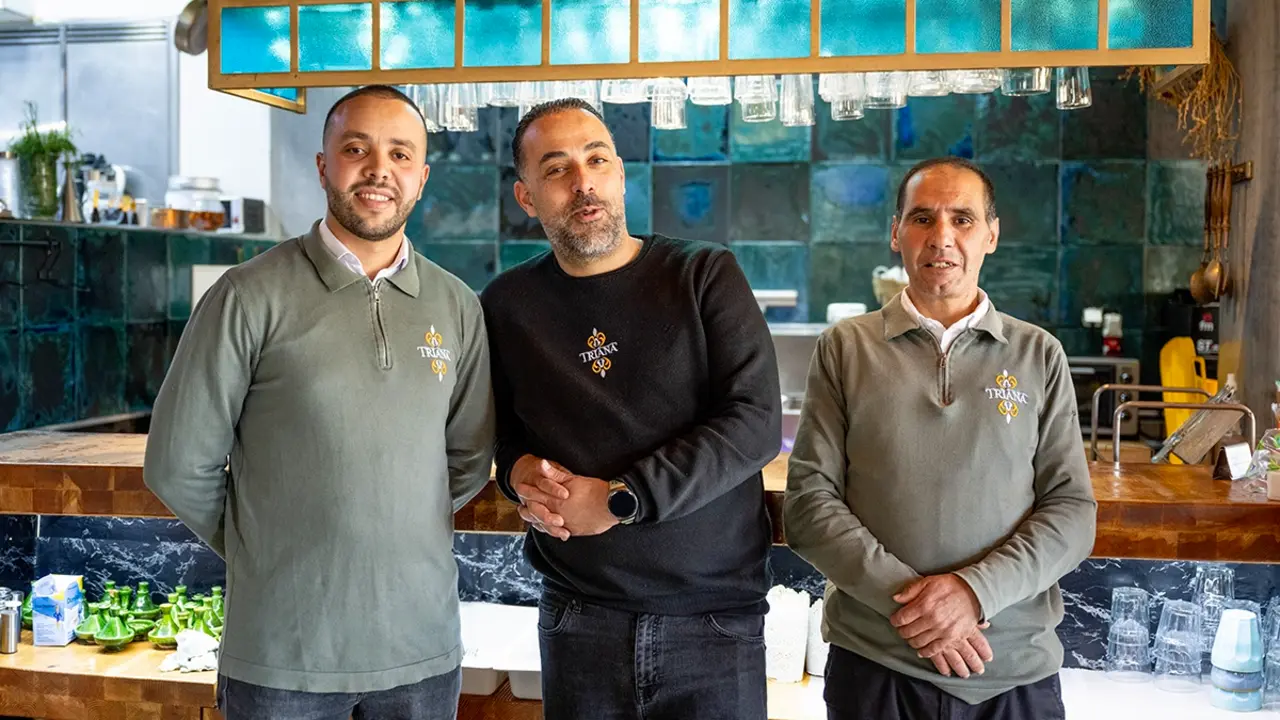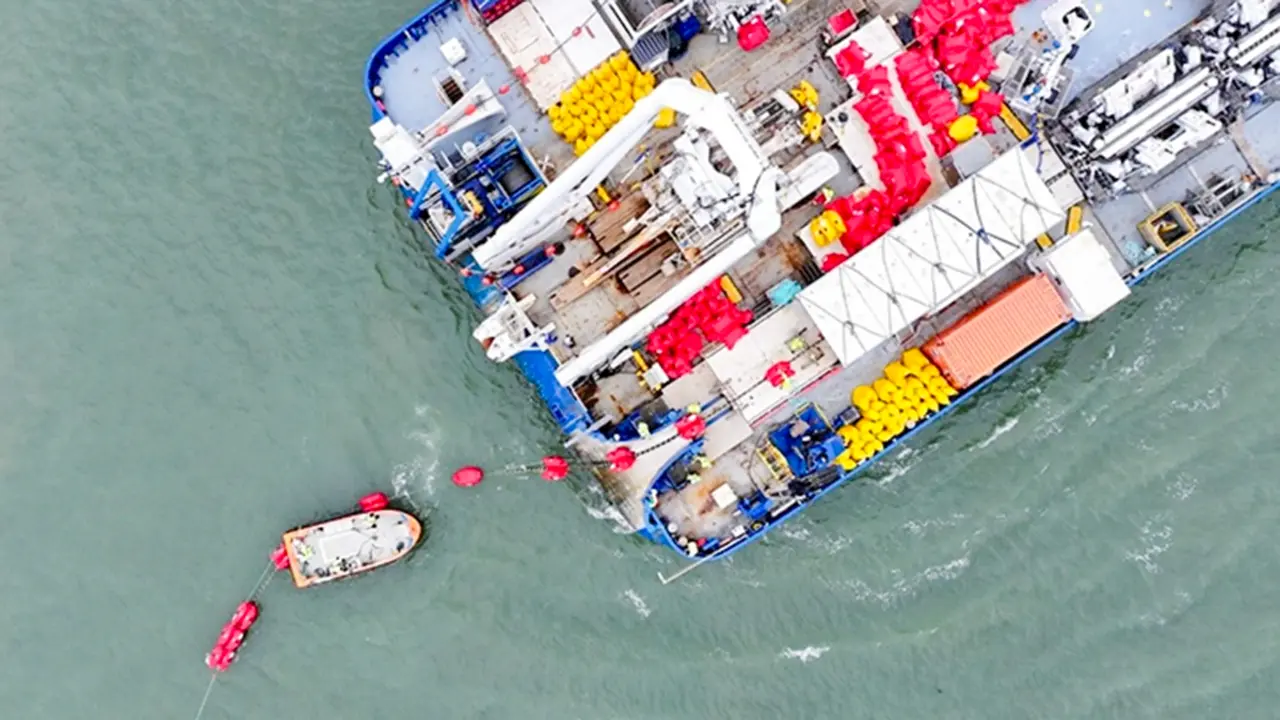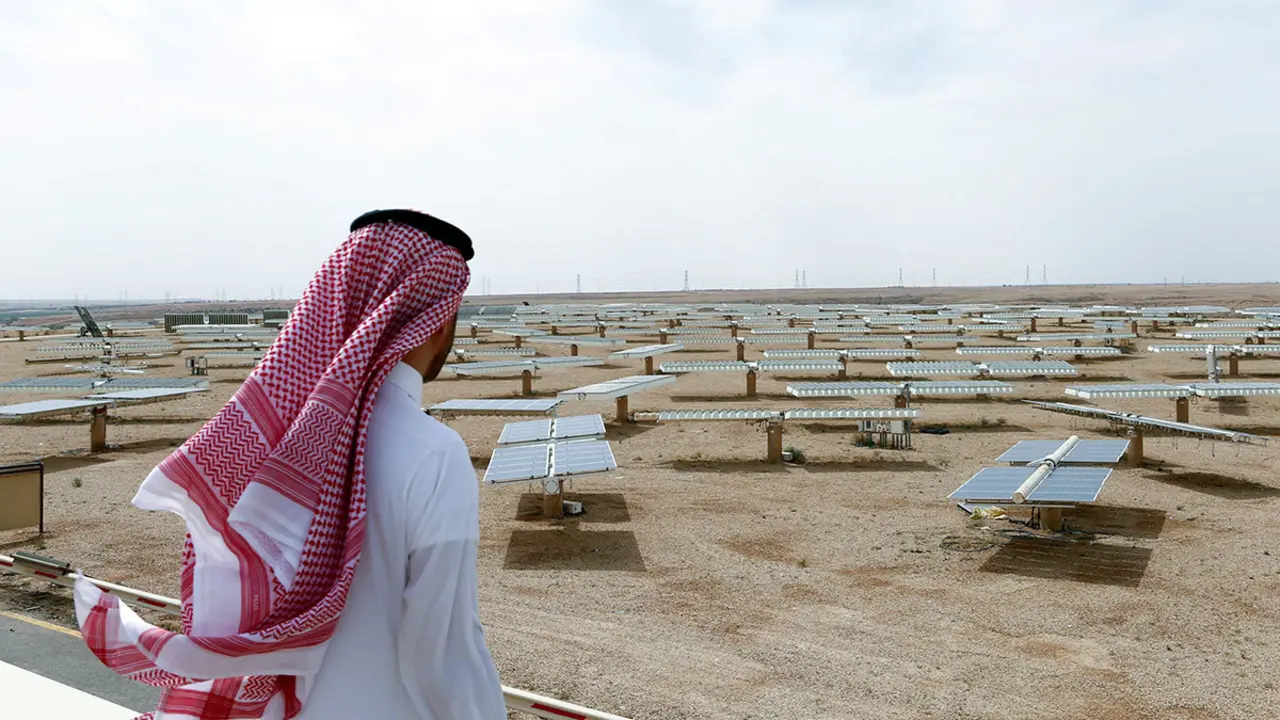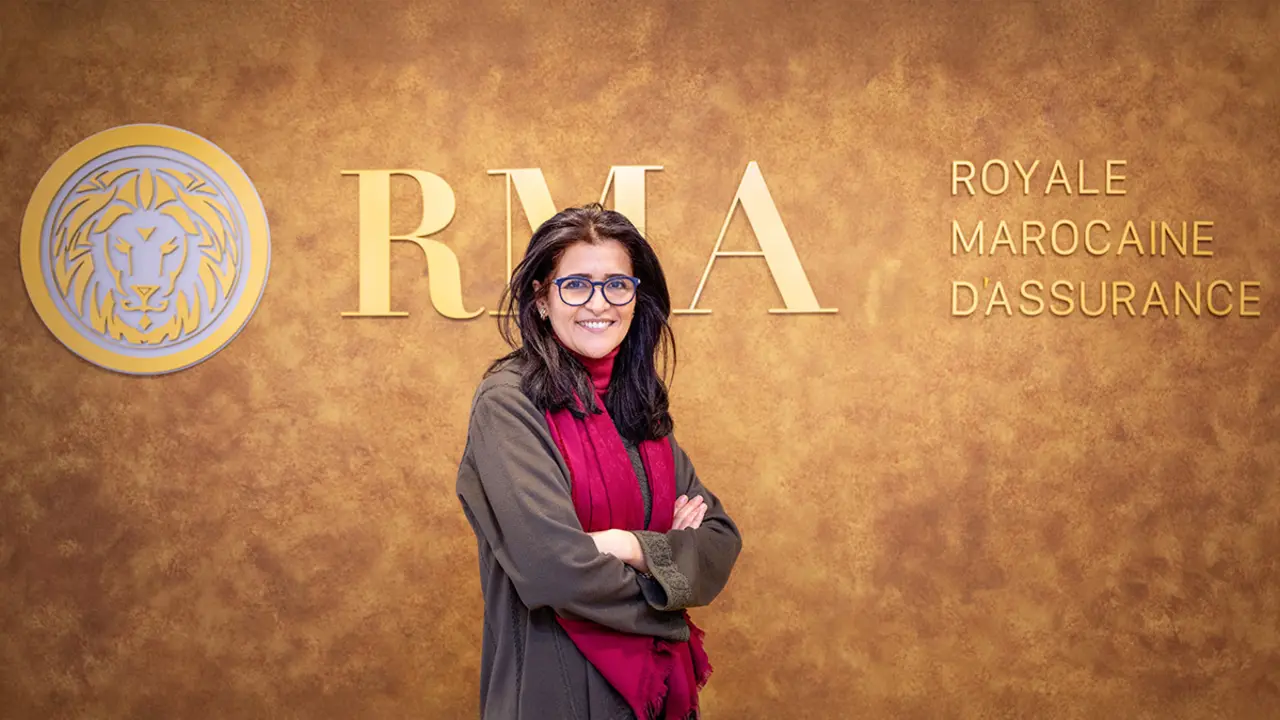COVID-19 and medical tourism: is a recovery in sight?
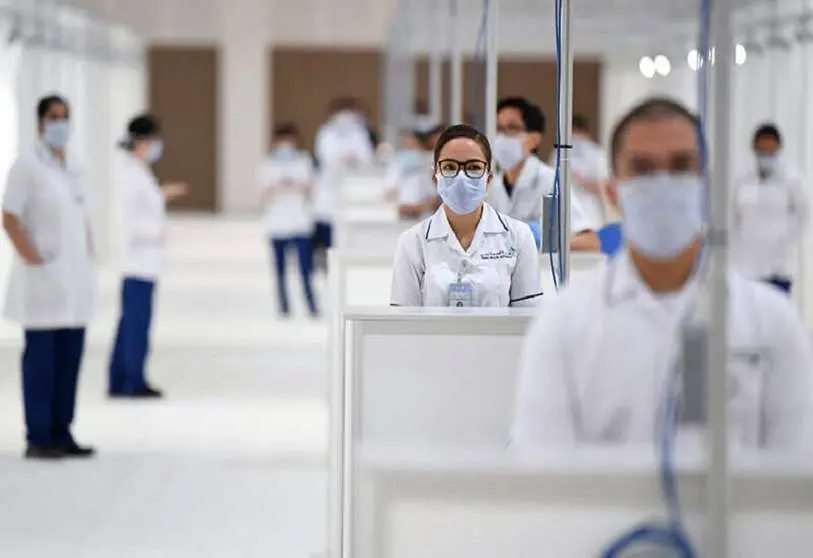
Prior to the coronavirus outbreak, medical tourism was a significant growth industry in many emerging economies. While the pandemic was a major setback for the segment, there are signs that it may be recovering in several markets.
The last decade saw a boom in medical tourism. By 2018, the global market was generating US$58.6bn annually and in 2019 it was forecast to grow at a compound annual growth rate of 11.7%, reaching more than US$142.2bn by 2026.
The segment's growth was largely driven by increased awareness, especially among citizens of higher-income countries, of the quality and relatively affordable healthcare options available in many emerging economies. The attractiveness was reinforced by the possibility of combining medical treatment with a holiday in an attractive location.
Asia has been a popular region for medical tourism for some time. In Thailand, for example, guided by the Ministry of Public Health's 2016-25 strategic plan entitled 'Thailand: a hub for wellness and medical services', stakeholders have been working to consolidate the country's position as a regional leader in medical tourism.
Elsewhere in Asia, in 2017, the Indian government began offering a medical visa aimed at bringing in more foreign patients.
Similarly, governments in other regions moved to capitalise on this growing segment. In 2015, for example, Turkish Airlines announced a 50% discount on flights for people coming to Turkey for medical treatment.
The United Arab Emirates also adapted its visa policy to facilitate medical tourism and began offering a package that covered all aspects of a trip, from the cost of treatment to leisure activities for patients and their families.
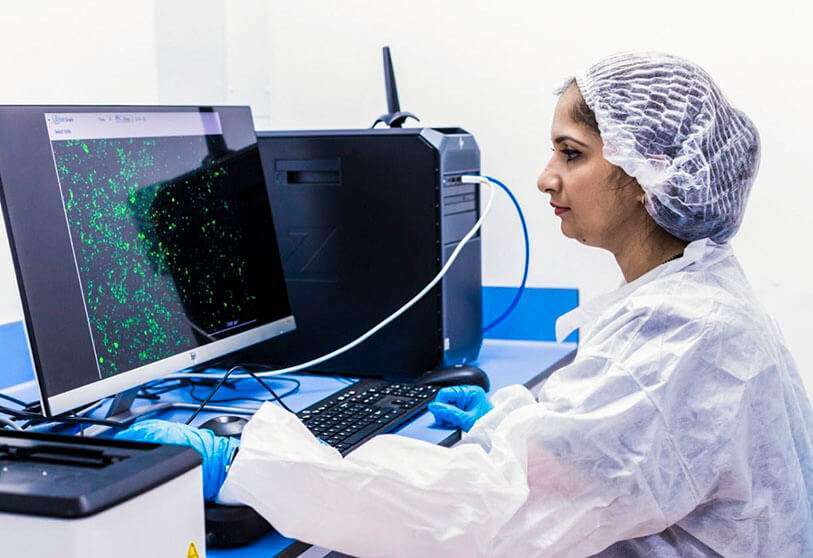
Dubai, in particular, has positioned itself as a leader in medical tourism in recent years. In 2016, the Dubai Healthcare City Authority (DHCA), which governs the Dubai Healthcare City Free Zone, signed an agreement with the Dubai Creative Clusters Authority (DCCA) to allow DHCA-licensed healthcare facilities to set up in DCCA free zones. This significantly expanded the operational reach of providers, giving them access to a larger customer base and positioning healthcare as a key aspect of the emirate's free zone offerings.
Following these developments, the UAE as a whole collected $3.3bn from medical tourism in 2018, up from $2.2bn in 2014. Dubai alone experienced a 4% increase in health tourism arrivals in 2019. Before the pandemic, the Dubai Health Tourism Board set out to welcome 500,000 medical tourists a year by 2021.
In fact, Dubai ranked sixth out of 46 markets in the Medical Tourism Index 2020-2021, published by the non-profit International Healthcare Research Center in July last year, and first in the MENA region for the second year in a row. Some of its neighbours were not far behind, with Abu Dhabi ninth and Oman 13th.
Meanwhile, India saw nearly 700,000 people come to the country on a medical visa in 2019, equivalent to 6.9% of foreign tourist arrivals.
National blockades and international travel bans decimated the global tourism industry last year, and medical tourism was one of the segments most severely affected by this.
For example, Bumrungrad International Hospital in Bangkok, one of Thailand's leading medical tourism healthcare providers, reported a 94% year-on-year drop in revenue in the second quarter of 2020.
However, while it will take some time to return to the levels seen before the pandemic, several institutions around the world are implementing measures aimed at restarting the industry in their respective countries.
As OBG anticipated in September last year, Dubai is at the forefront of this and is now welcoming an increasing number of medical tourists.
The UAE federal government's handling of the pandemic is a major factor behind this, with the country ranked as the safest for COVID-19 in the region in the Global Soft Power Index, published by London-based consultancy Brand Finance in December.

This demonstrates how thorough testing of domestic and inbound visitors, as seen in the UAE, will be key to restoring confidence and increasing visitor numbers in the future. The UAE also has a world-leading vaccination programme, which has helped to ensure its reputation for safety, although an increase in cases prompted Dubai to impose some new restrictions on hospitality venues in early February.
Several countries have launched similar testing programmes for medical tourists, such as the Tourism Authority of Thailand's 'Beyond Healthcare, Trust Thailand' programme, which requires patients to undergo coronavirus testing and quarantine after arrival at a medical facility.
Parallel to this, there has been a global uptick in COVID-19 compliance certifications. One example is the Certificate of Compliance: COVID-19 Safe, launched last year by German healthcare accreditation provider Temos, which confirms that hospitals and clinics meet the necessary standards.
Alongside these measures, telemedicine is also experiencing considerable growth, with many hospitals expanding their offering of online pre-trip diagnostics and post-trip consultation. While these solutions do not capture as much value as an actual visit, they serve to maintain contact with potential customers.
Global medical tourism was undoubtedly affected in 2020 due to the coronavirus pandemic. However, as the recent positive performance of destinations such as Dubai suggests, implementing a combination of solutions can help restore the confidence of medical travellers, which will be the first step on the road to recovery.

